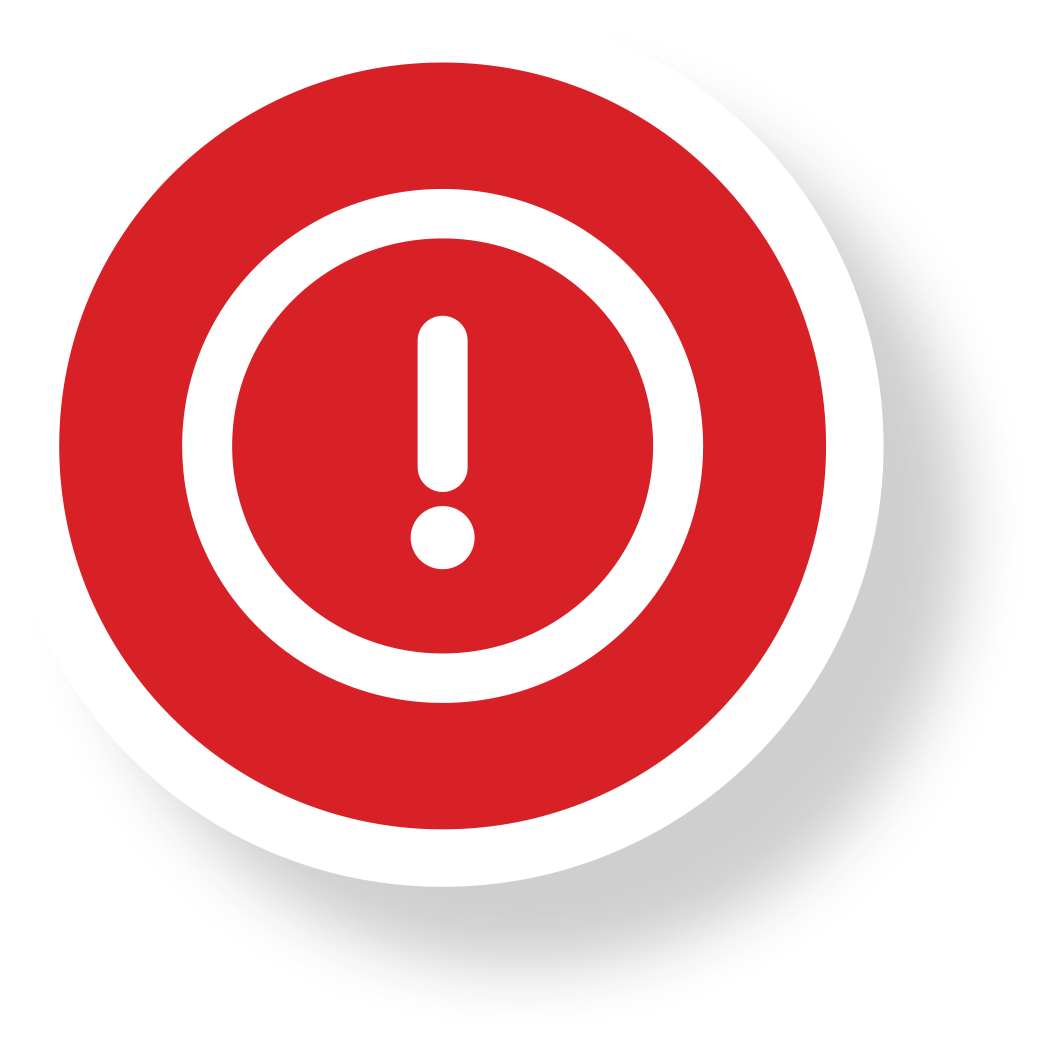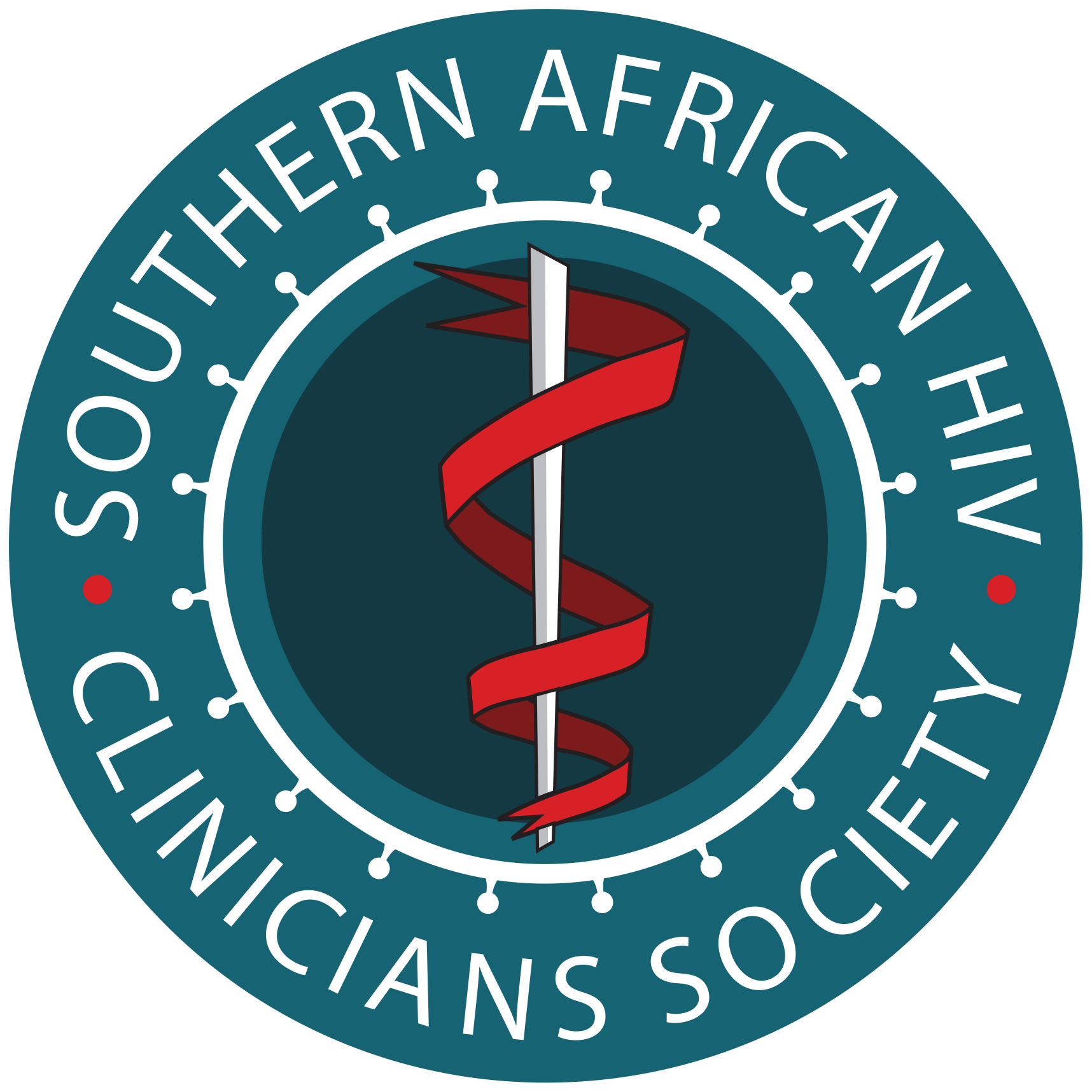ART Guidelines
References

 Key points
Key points - Many patients return to care after treatment interruption when they experience clinical deterioration – screening for opportunistic infections should be performed.
- VL measurement should be performed 3 months after ART re-initiation.
- The majority of patients returning to care should be re-initiated on tenofovir/lamivudine/dolutegravir (TLD) unless there is a reason not to use one of these drugs or the patient requires a more robust third line regimen.
Patients receiving ART may interrupt their treatment for a variety of reasons (e.g. treatment fatigue, denial, life event, depression, new job, relocation). Many patients return to care after an interruption, often precipitated by clinical deterioration. Patients who have clinical symptoms of an opportunistic infection (OI) when returning to care should be investigated and, if appropriate, started on treatment for the infection before restarting ART. In particular, patients should be screened for symptoms of meningitis and for TB symptoms when returning to care. Reasons for delaying ART re-initiation are the same as for delaying initiation in ART-naïve patients (see module 6). Patients who are asymptomatic when they return to care can be re-initiated on ART the same day with appropriate counselling. A counselling plan should be implemented to ensure retention in care going forward and to address reasons for disengagement in a non-judgemental manner.
We recommend performing a CD4+ count when the patient returns to care (to guide OI prophylaxis) and a VL measurement 3 months after re-initiation of ART. If this VL is suppressed, then VL monitoring could revert to annually. If it is not suppressed, follow standard guidance in response to the result (see module 8). If the patient is restarted on TDF then an eGFR should also be checked at baseline and at 3 months.
The majority of patients returning to care should be re-initiated on TDF/3TC/DTG (TLD). This is supported by data demonstrating the virological efficacy of TLD in first- and second-line ART, and the convenience of a well-tolerated single daily tablet in patients with prior adherence problems.
Patients who should not be restarted on TLD include:
- Patients with renal impairment or prior nephrotoxicity due to TDF. These patients should be recommenced on ABC/3TC/DTG or ABC/3TC/ DRV/r or ABC/3TC/ATV/r, or TAF/FTC/DTG if eGFR > 30mL/min/1.73m2.
- Patients previously on a third-line regimen including DRV/r. These patients should be restarted on the same regimen although, in consultation with an HIV expert, consideration could be given to rationalising the regimen to fewer drugs after review of their treatment history and prior resistance tests.

Such testing is of limited value. Many resistance mutations are overtaken by wild-type virus when ART is stopped and thus the resistance test may not accurately reflect the true resistance pattern.
